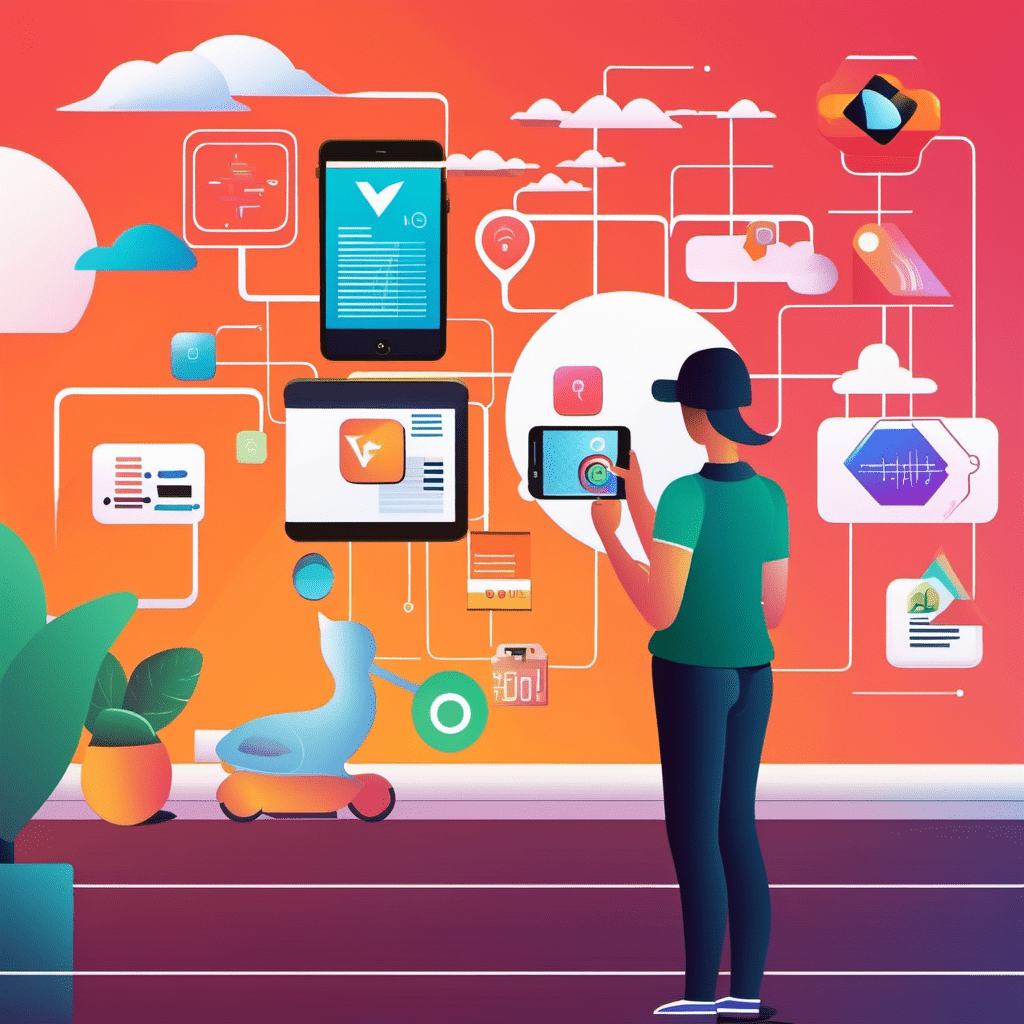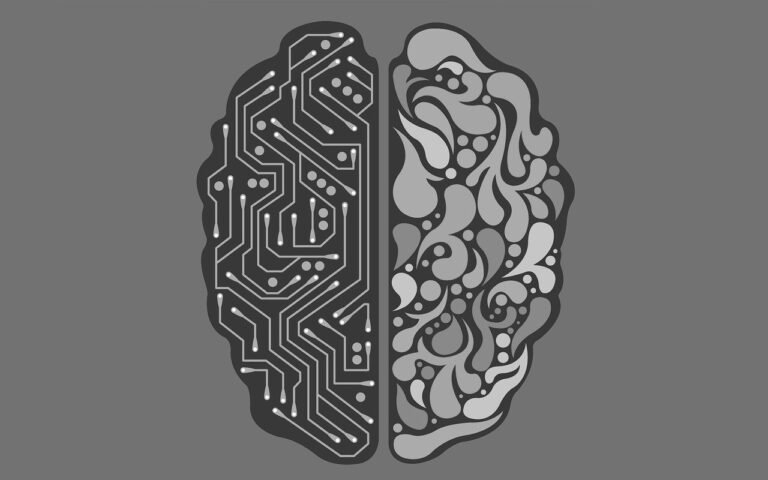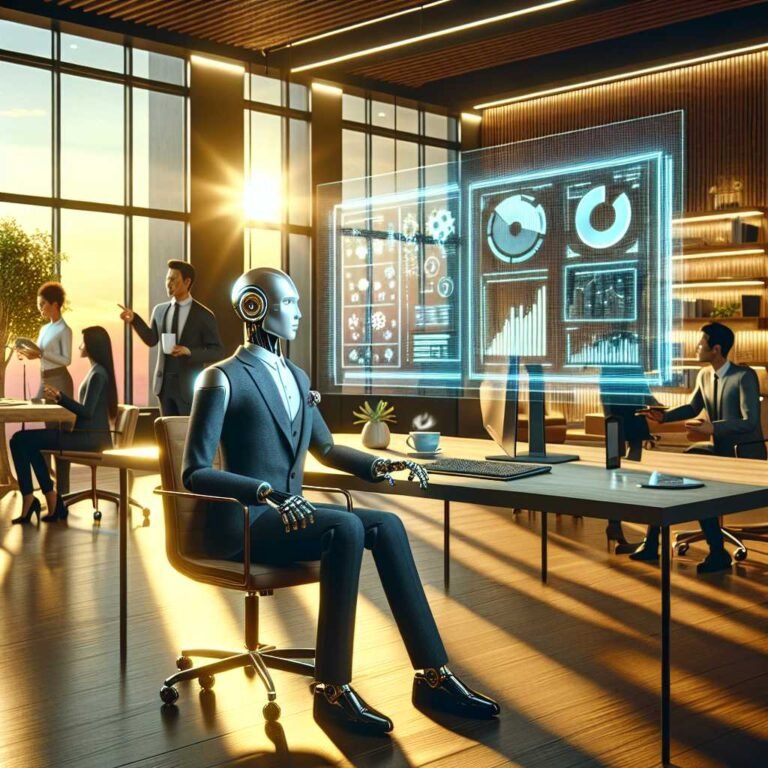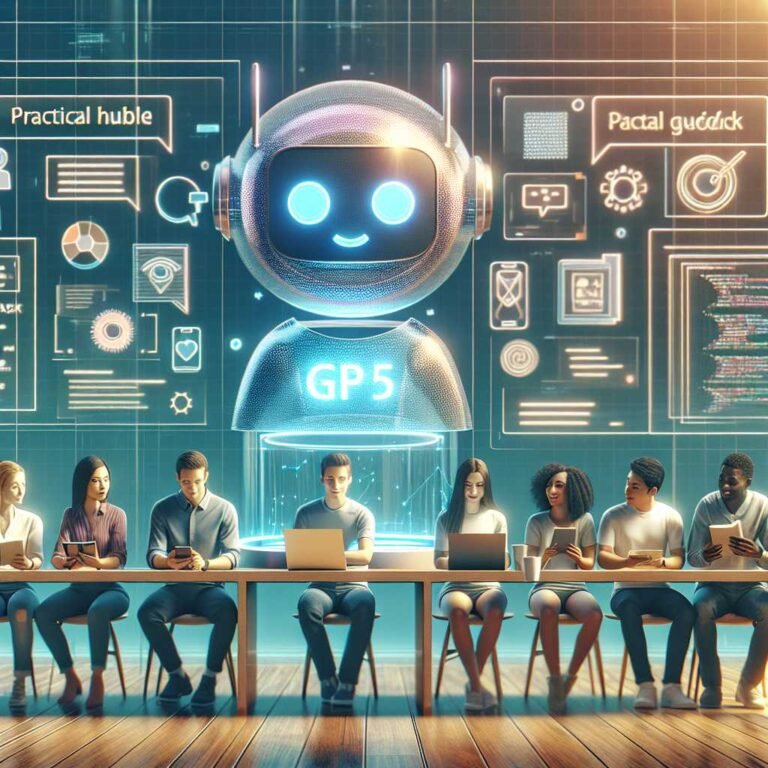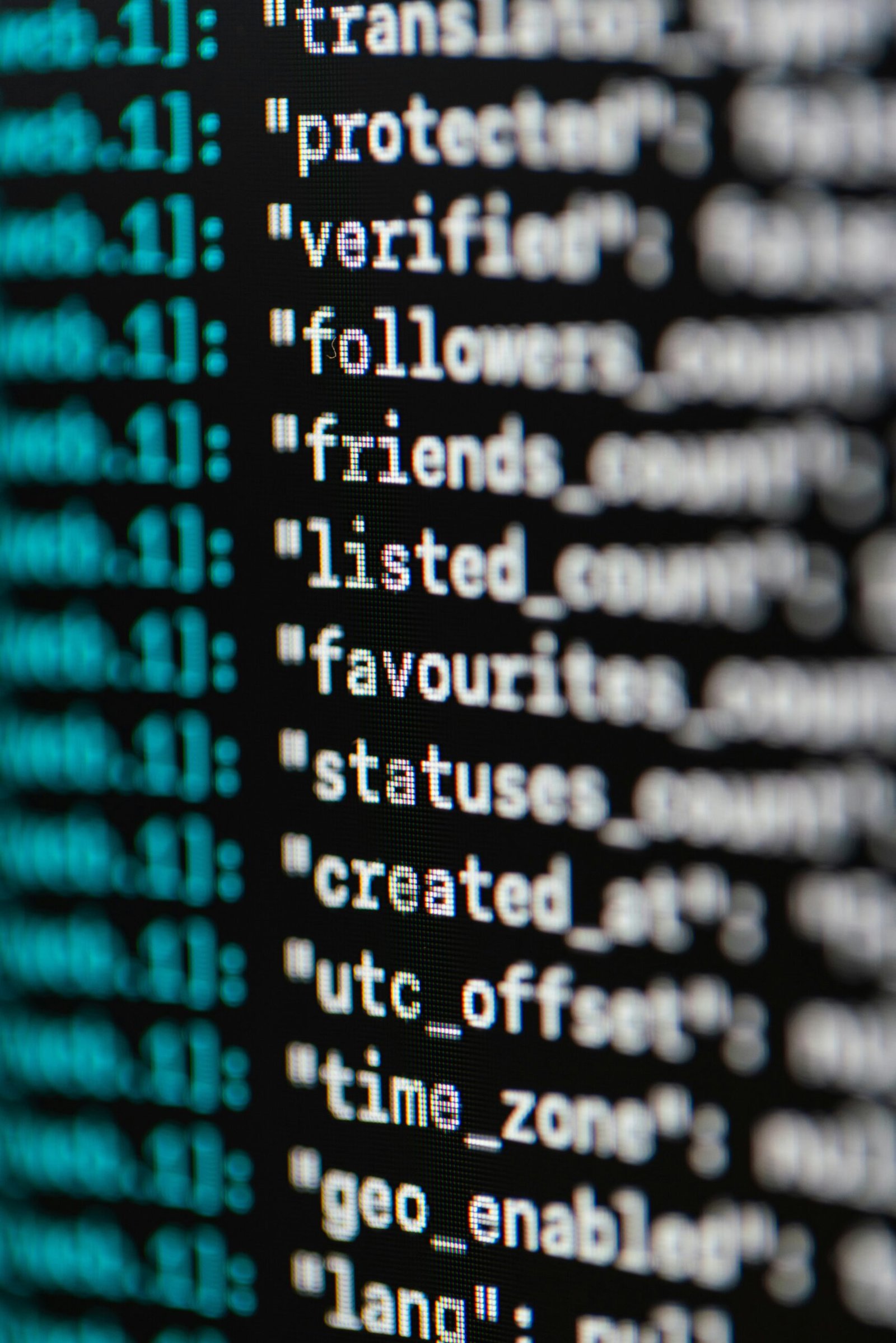Augmented Reality in Education: A New Learning Experience
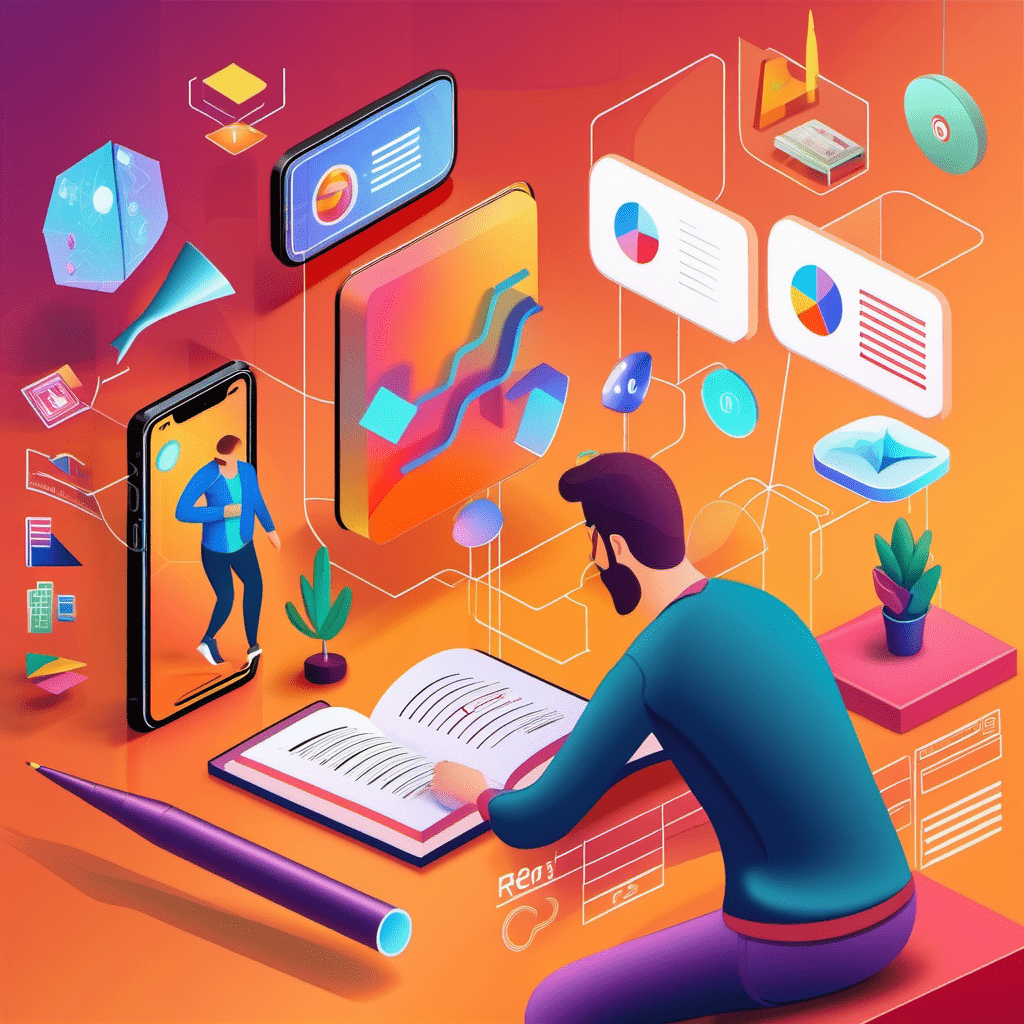
Introduction
Augmented reality (AR) is a technology that overlays digital information onto the real world, enhancing our perception and interaction with our surroundings. In recent years, AR has gained significant popularity in various industries, and one area where it is making a profound impact is education. AR can help to make education more engaging, interactive, and effective. It can also help to visualize complex concepts and to bring abstract ideas to life.
How AR helps in Education
1. Enhanced Learning Experience
AR brings textbooks to life by adding interactive elements such as 3D models, videos, and animations. This allows students to visualize complex concepts and engage in immersive learning experiences. For example, instead of just reading about the solar system, students can explore each planet in detail by using an AR app. Students can explore historical events, dissect virtual organisms, or travel through the human body—all within the confines of a classroom. This hands-on experience fosters a deeper understanding of complex subjects.
2. Increased Student Engagement
Traditional teaching methods often struggle to capture students’ attention and keep them engaged. AR provides a dynamic and interactive learning environment that motivates students to actively participate in their education. By gamifying the learning process, AR apps make education more enjoyable and encourage students to take an active role in their own learning.
3. Real-World Applications
AR bridges the gap between theoretical knowledge and real-world applications. For example, medical students can practice surgical procedures using AR simulations, which provide a safe and controlled environment for learning. Similarly, architecture students can use AR to visualize and manipulate virtual building models, gaining hands-on experience before stepping foot on a construction site.
4. Accessibility and Inclusivity
AR technology has the potential to make education more accessible and inclusive for students with disabilities. By providing alternative ways of accessing information, such as audio descriptions or haptic feedback, AR ensures that all students can fully participate in the learning process. This technology also allows for personalized learning experiences, catering to individual students’ needs and learning styles.
5. Global Collaboration and Remote Learning
AR transcends geographical boundaries, enabling students to collaborate on projects, share ideas, and engage in virtual classrooms globally. Additionally, AR facilitates remote learning, allowing students to access educational content from anywhere, making education more accessible and inclusive.
Summary
Augmented reality is transforming education by enhancing the learning experience, increasing student engagement, bridging the gap between theory and practice, and promoting accessibility and inclusivity. As AR continues to evolve, we can expect even more innovative applications in the field of education, revolutionizing the way we teach and learn.
By providing immersive, interactive, and personalized learning experiences, AR is empowering students, educators, and institutions alike. As we move forward, embracing this transformative technology opens the door to a future where education is not just about acquiring information but experiencing knowledge in its most engaging and meaningful form.
Augmented Reality is not just a tool; it’s an educational revolution that paves the way for a generation of learners prepared to thrive in the complexities of the 21st century.
If you’ve found this read interesting, please check out our Buyer’s Guide to AR Devices

